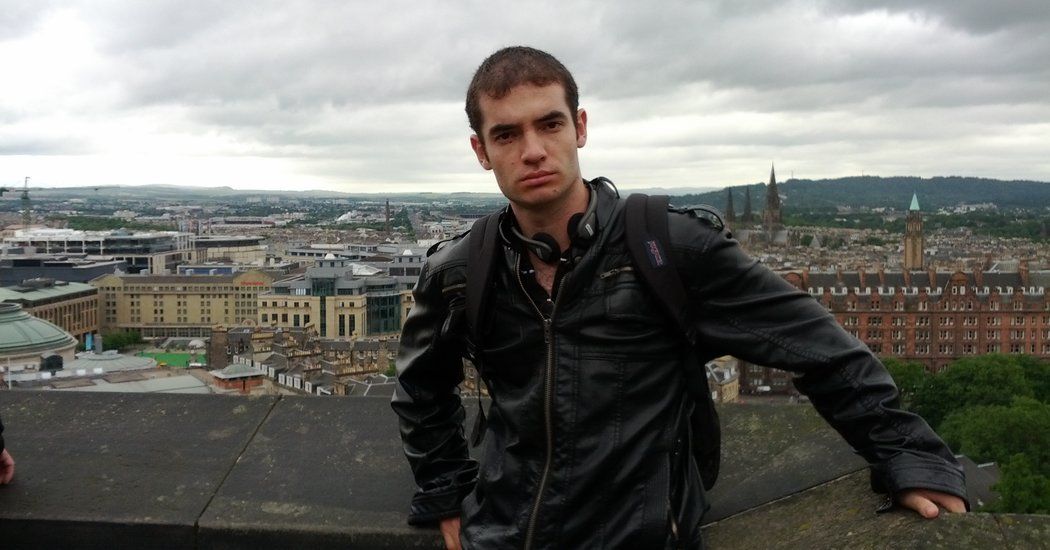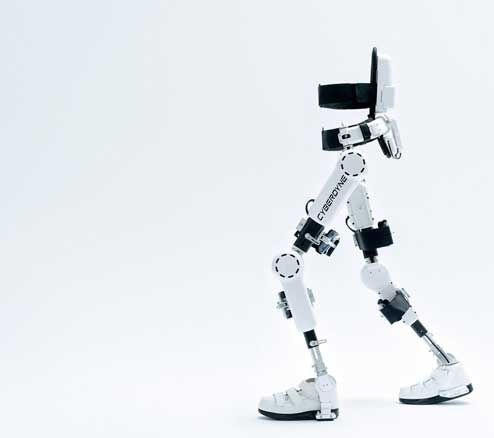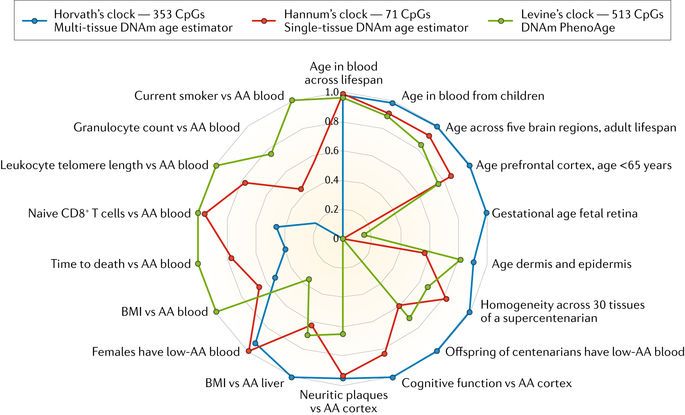When it comes to pegging the blame for the obesity crisis, farm subsidies are a popular target. Subsidies, the argument goes, encourage farmers to grow less-healthy foods—corn, turned into corn syrup, is the common culprit here—and fewer unsubsidized fruits and vegetables.
Not everyone agrees. Experts caution that cheap corn isn’t the only cause of poor nutrition and that other factors, like technology, are responsible for the low cost of field crops. Still, it’s reasonable to ask: How can subsidies be used to make healthier food options more available?
One answer: by making sure that subsidies take into account consumer welfare as well as farmers’ incomes, suggest UCLA Anderson’s Prashant Chintapalli, a Ph.D student, and Christopher S. Tang. In a working paper examining a type of subsidy called “minimum support prices,” or MSPs, the authors suggest that backing a diverse mix of crops—including fruits and vegetables—would give consumers a wider selection and be most effective at raising farmer profits at a lower cost to the government.






